Nesting in the Rubble
The Impact of the Altamer Yacht Marina on Nesting Bird Species at Gull Pond
In my February post, Caribbean Shorebirds at Risk, I outlined two development projects that would impact local wetlands. The Altamer Yacht Marina broke ground in December 2023 with Gull Pond as its cornerstone.
The development now under the name Port Nimara proposes the following:
“The multimillion dollar resort yacht marina will comprise a hotel located on the waterfront side of Altamer Villas. The resort will feature a berthing port for 118 yachts – each as long as 250 feet – as well as a 62-room five-star hotel, 58 branded residences which include 20 beach-front villas, 48 resort condominiums, a fitness center, a spa and duty-free shopping. The complex will also feature its own self-contained immigration and customs services.”
While it was slow in the initial stages, it has recently gained steam.
Friends familiar with the project urged me to avoid it because, in their words, “the destruction is devastating.” A few weeks ago, I decided I could no longer bury my head in the sand. I set out to see for myself what was happening.
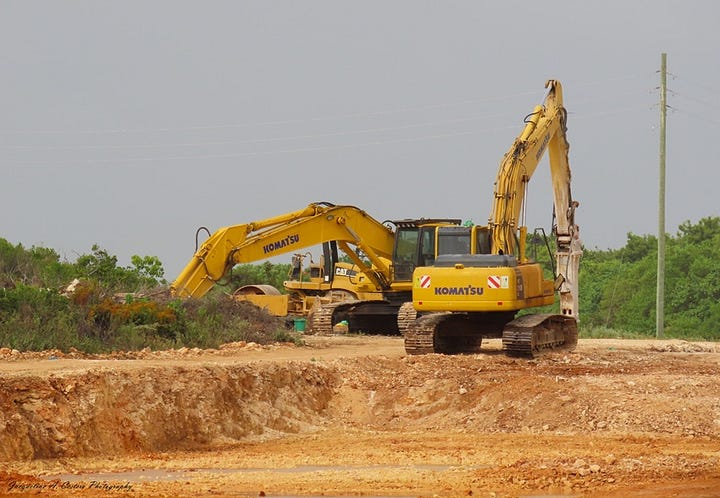
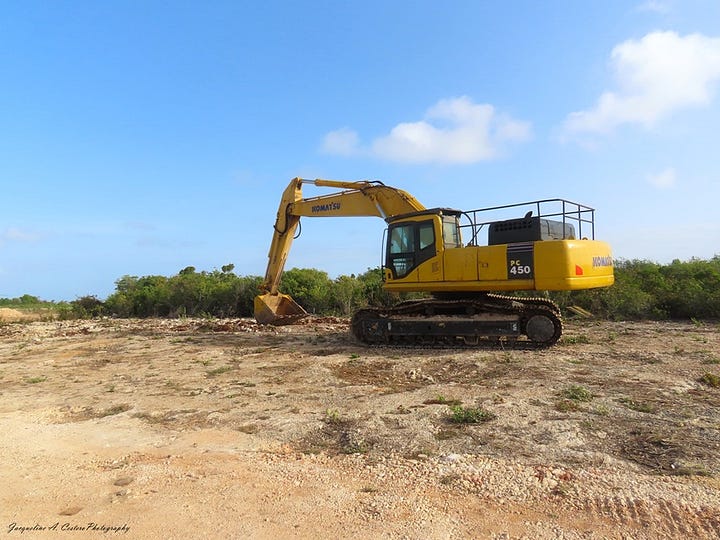
I can honestly say that “devastating” is not a strong enough word to describe the destruction.
While Gull Pond was never described as a picturesque site, it provided a haven for a diverse cohort of bird species.
Over the years, I recorded 38 species of birds, including land, sea, and shorebirds.
Gull Pond has been a haven for Anguilla’s Lesser Antilles Restricted Range Species. When I visited, a male Lesser Antillean Bullfinch would sit on my sideview mirror and chatter away throughout my count. One time, he sat on my steering wheel. It took some effort to get him out. I was sure he was coming home with me.
It was a place of rest and rejuvenation for both resident and migratory shorebirds. Green and Yellow-crowned Night Herons, along with Least Terns and Black-necked Stilts, nested in this small but quiet oasis. Wilson’s and Snowy Plovers also nested in small numbers.
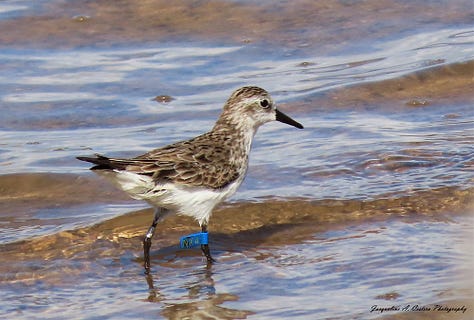
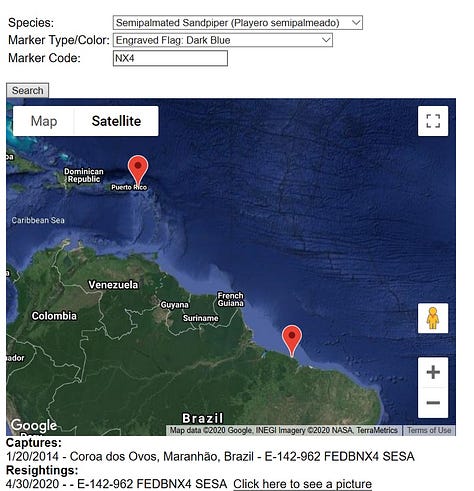

During the pandemic, Gull Pond hosted a Semipalmated Sandpiper that was banded in Brazil. The maps show the distance between the banding site and Gull Pond. Its bright blue flag with visible letters and numbers made it easy to identify and report to bandedbirds.org. (Of note, my record for this bird on Gull Pond was the only resighting registered after it was banded.)
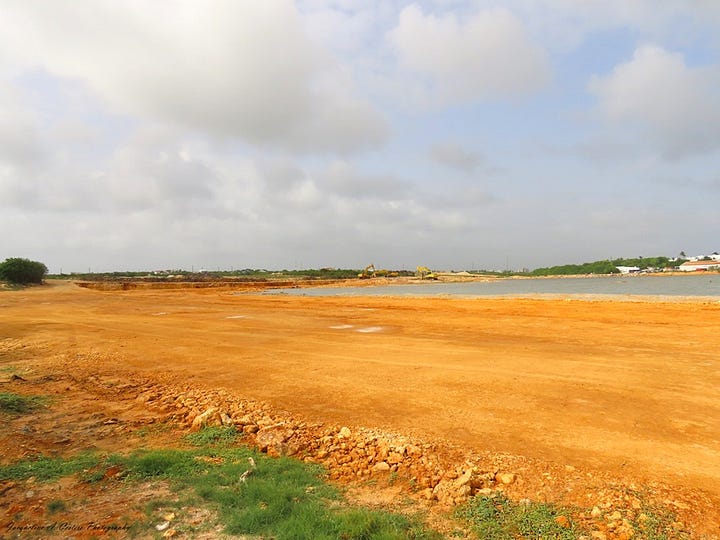
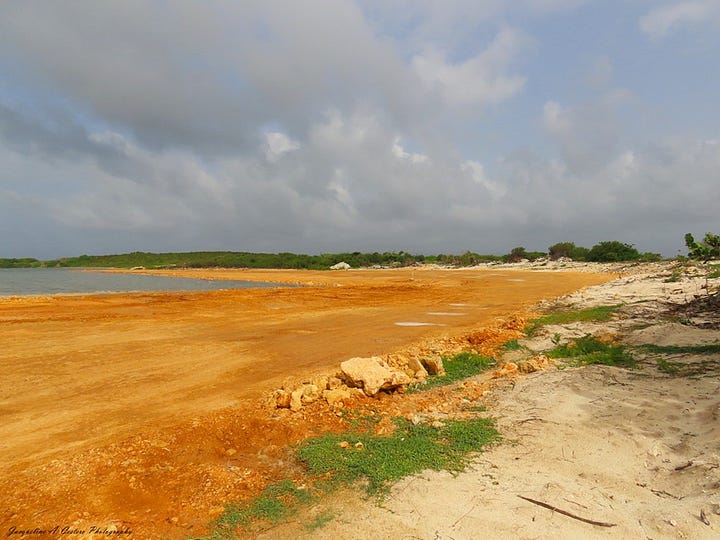
Upon arrival at Gull Pond on June 1, 2025, I found that every bit of vegetation had been bulldozed and removed. Three sides of the pond had been filled in with marl.
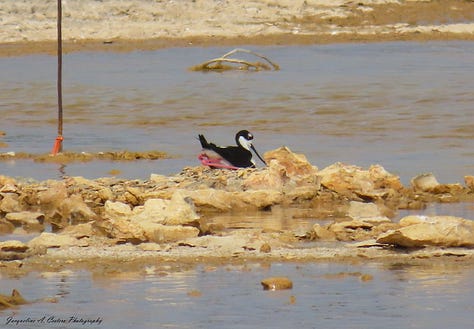


Yet, the Least Terns and Black-necked Stilts were trying to nest among the rubble as they have for generations. Twenty-five Least Tern nests were identified. Two Black-necked Stilts were actively sitting on eggs. Another pair of stilts was displaying defensive behavior, indicating a nest or chicks nearby.
These birds did not get the memo that they were no longer welcome at Gull Pond.
When I visited the site two weeks later, all of the tern nests had been covered with fresh marl. It was a heartbreaking outcome for the birds. I noted that some Least Terns were mating, perhaps attempting a second clutch.
The White-cheeked Pintail pair shown above was bathing in some of the groundwater that had seeped through the layers of marl.
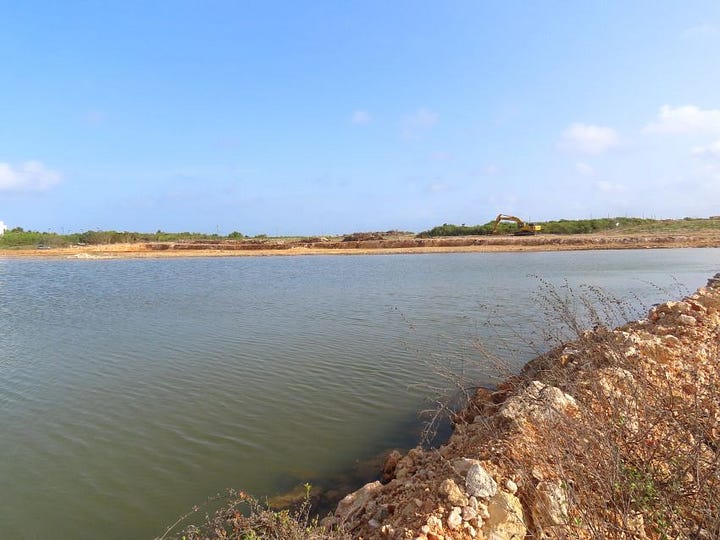
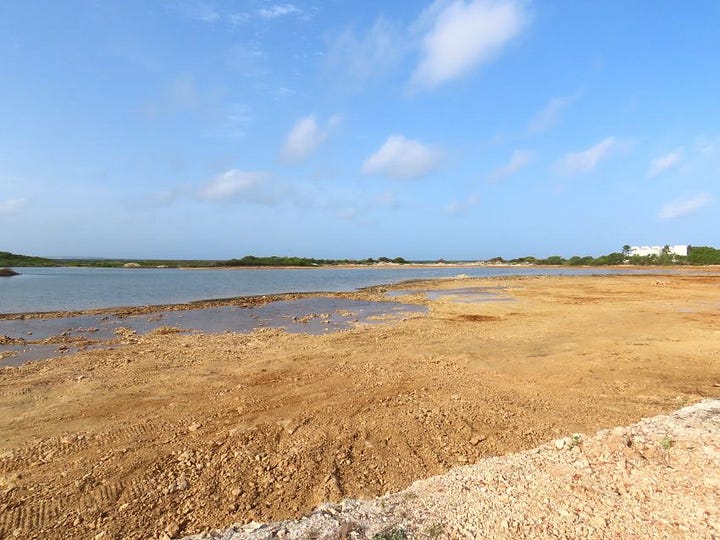
On June 29th, I returned to Gull Pond to conduct a bird count. While it was clear that the heavy equipment work continued over the previous two weeks, I was surprised to find one Common Tern and seventeen Roseate Terns at the location.
One of the Roseates (the bird on the left front side in the photograph) was adorned with what appeared to be a USGS band. The individual bird would need to be recaptured to report the band number, as it was not readable in the photographs.
If you are wondering why reporting bird bands is important:
“Bird banding data are useful in both scientific research and management and conservation projects. Individual identification of birds makes possible studies of dispersal and migration, behavior and social structure, life-span and survival rate, reproductive success and population growth.”
Unfortunately, I was not able to share the fact that this bird spent time on one of Anguilla’s wetlands with the original bander. Depending on its origin and path, its presence on Gull Pond may be significant to Anguilla and the bander. But I digress…
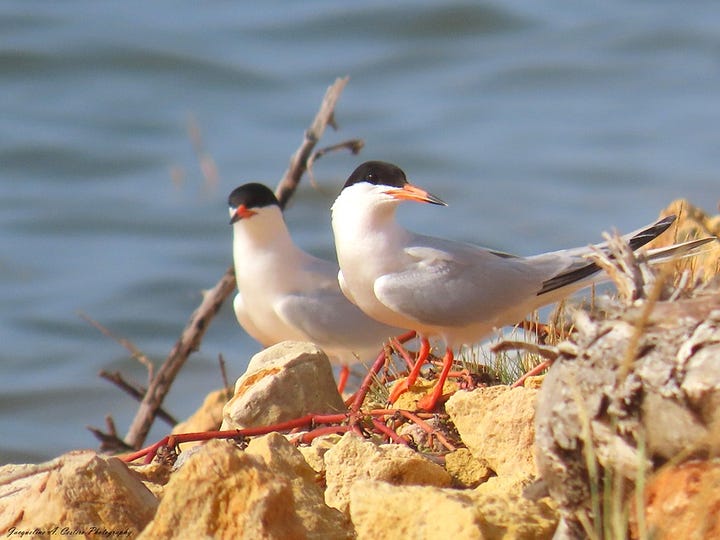
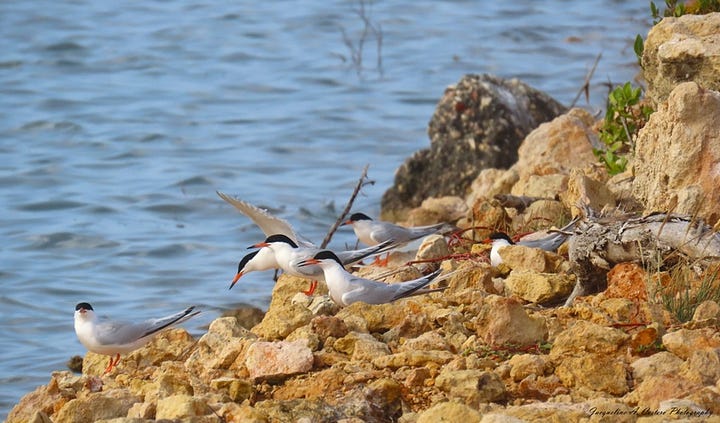
The birds were displaying “mobbing” behavior, which led to the discovery of two nests close to each other.
Mobbing behavior is described as follows:
“Birds may harass or attack potential predators, often in groups, to drive them away from the nest.”
I was able to identify two nests, each with a single egg. It was evident that there were several other nests in the area. I departed quickly to reduce stress on the colony.
This sighting is significant because it is the first time I have seen this species nest on the main island. Roseate Terns typically nest on Scrub Island just off the east coast of Anguilla. Further, I have not been able to find any reports of Roseate Tern nesting activity on the main island. I have recorded them feeding in the waters around the main island and resting on a few salt ponds.
According to Birds of the World:
“Roseate Terns nest almost exclusively on islands; those in the Caribbean nest mainly on very small islets off larger islands (Nisbet 1981b).”
Scrub Island is designated as an Important Bird Area (IBA) by BirdLife International because Roseate, Royal, and Least Terns nest there. Two of the Lesser Antilles Restricted Range Species and Laughing Gulls nest on Scrub, contributing to its IBA designation.
Despite the presence of the Lesser Antilles Restricted Range Species and nesting Least Terns, Gull Pond was not designated as an Important Bird Area by BirdLife International. Would that designation have spared this site from the ravages of the excavators? I’m not sure.
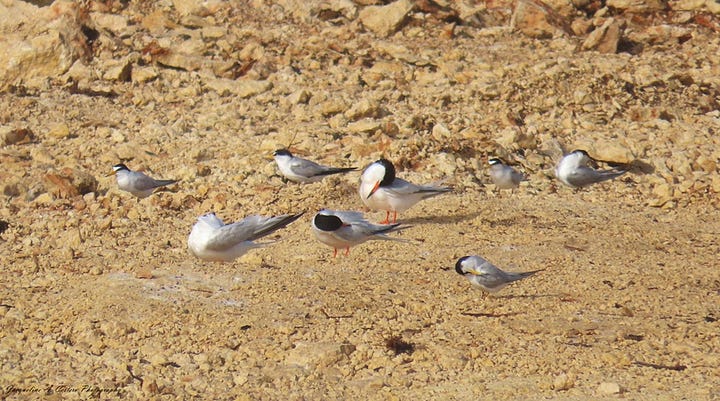
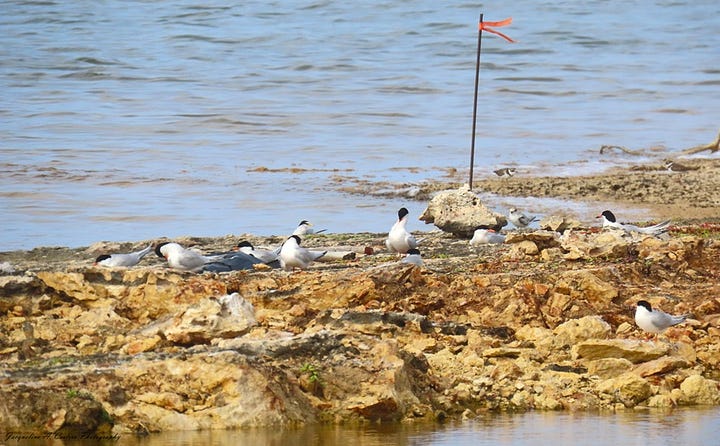
It is unclear to me if an Environmental Impact Assessment was conducted for the Altamer Marina Project. The Anguilla Megayacht Feasibility Study, published in June 2018, does not consider Gull Pond in its evaluation.
Was the Government of Anguilla’s Department of Environment consulted on the Altamer Yacht Marina Project? If so, what was their assessment? Yet another mystery in the approval of this project.
The company responsible for the Altamer Yacht Marina was also invited to bid on the Road Salt Pond Marina Project, according to the Anguillian article cited above.
Strong opposition by the Sandy Ground Community, fearing the loss of their ancestral village, halted the Road Salt Pond Marina Project. Community advocacy has led to current habitat restoration programs for that wetland, which is one of Anguilla’s key Important Bird Areas.
It is hard to miss the fact that birds are nesting in the rubble on Gull Pond. Where is the Project Manager, and why didn’t the developers give these nesting birds space to breed?
At the very least, I would have expected the new Government of Anguilla to monitor this project and pause operations to allow the birds to complete their nesting cycle undisturbed.
I fear that this post leaves readers with more questions than answers.
With the consequential impacts of climate change on island nations, transparency and consultation are critical to the development of Anguilla’s precious natural resources.
What is done is done, as they say. There is no going back for this site, and we will all live with the consequences. What is yet to come to make this site accessible by 250-foot yachts is unthinkable.
I can only hope that future project approvals will take into account the impact on our ecosystems and the cultural significance of Anguilla’s wetlands.
You can call me naive, but a girl needs hope!
For now, I will continue to monitor the 2025 nesting cycle on Gull Pond and hope for a successful outcome for the birds that have chosen Gull Pond to raise their young one last time.
BirdLife International - Anguilla





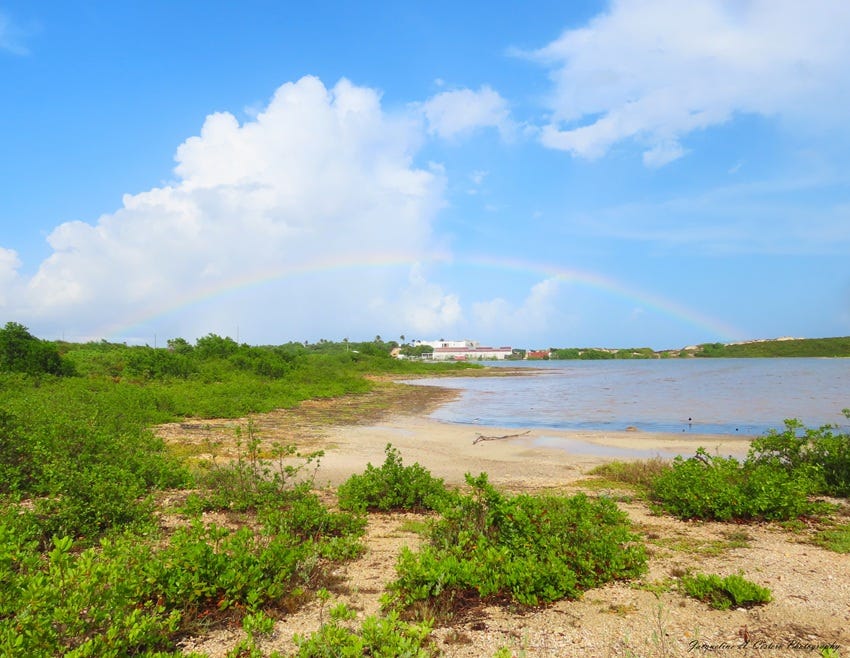
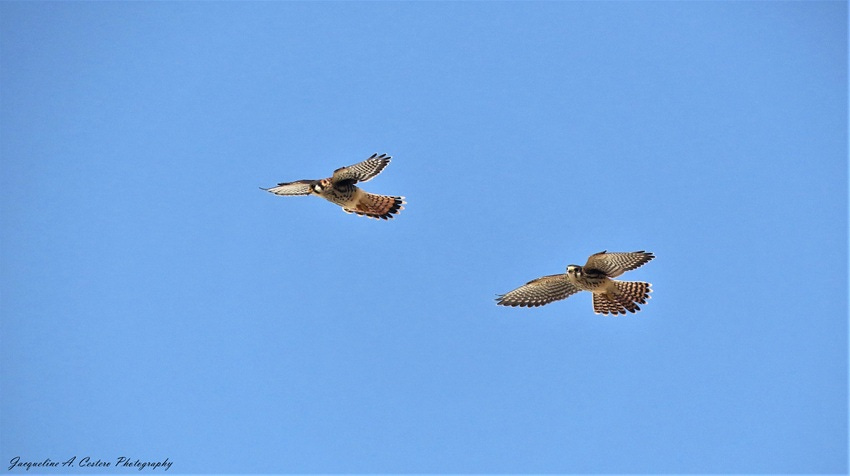
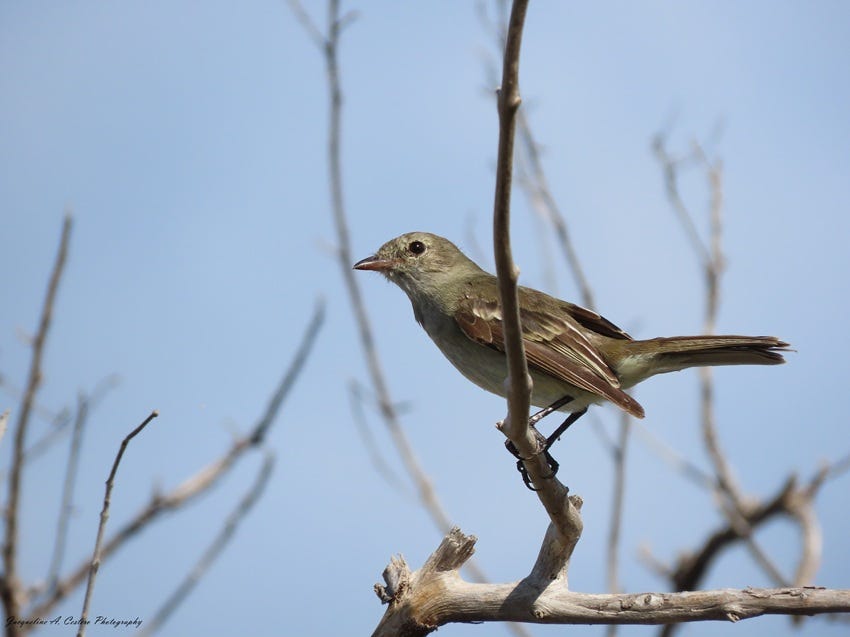

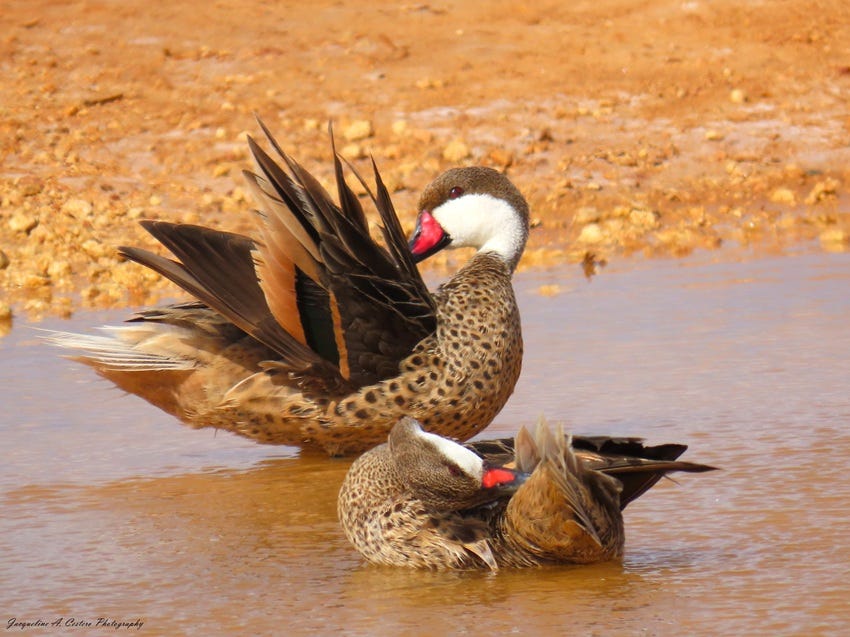
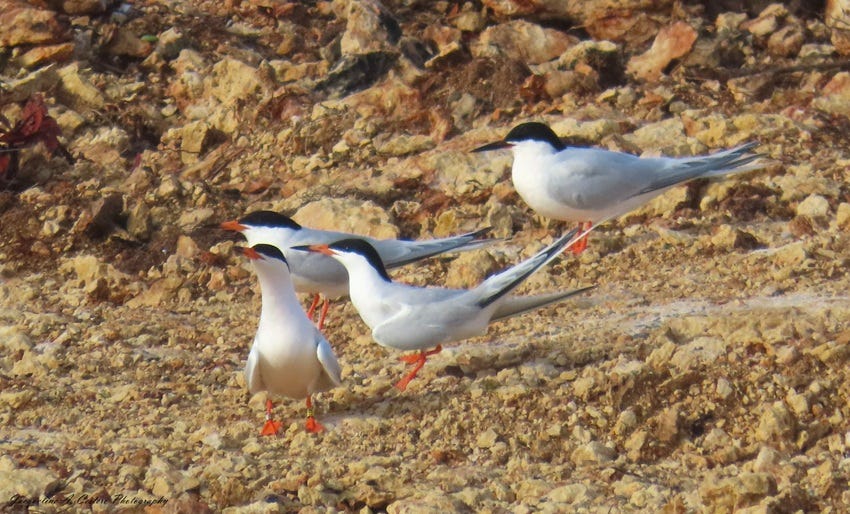

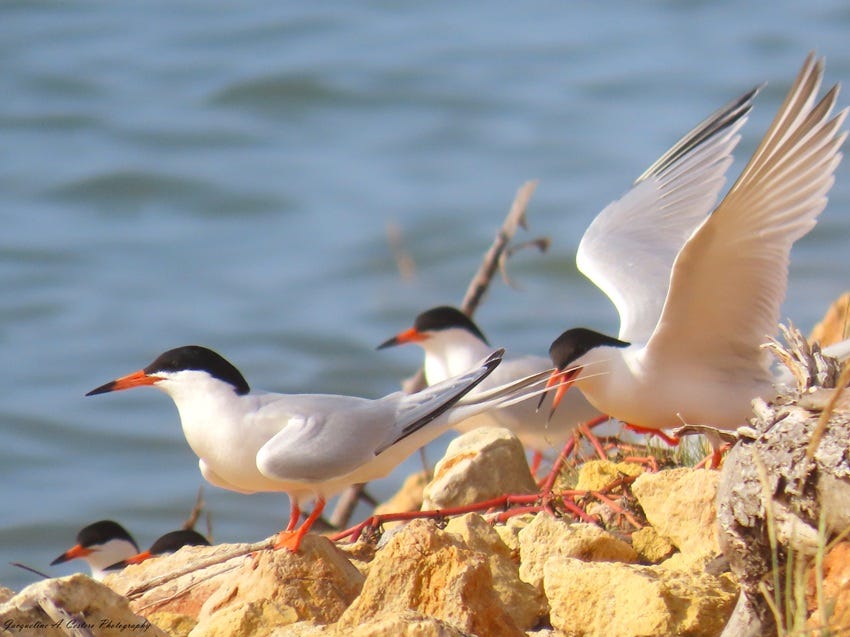
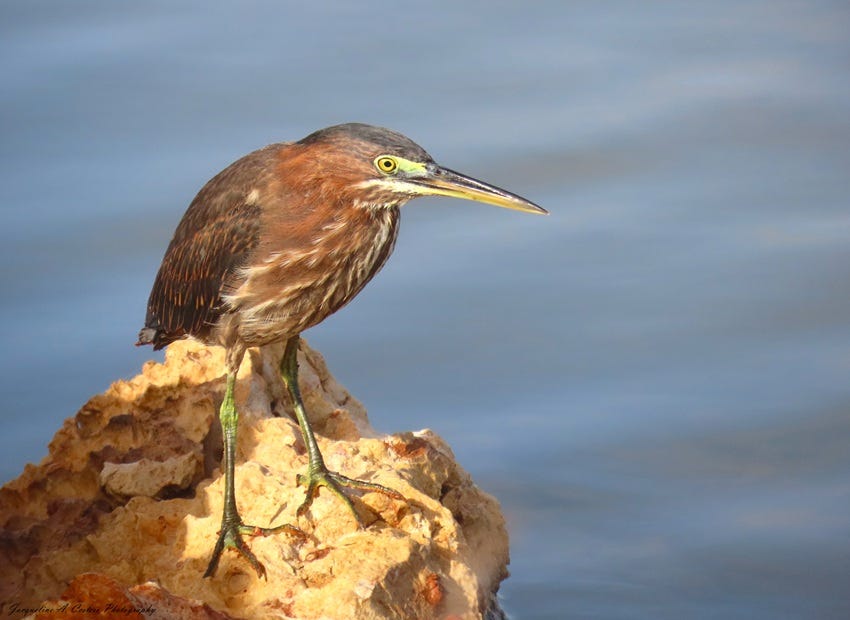
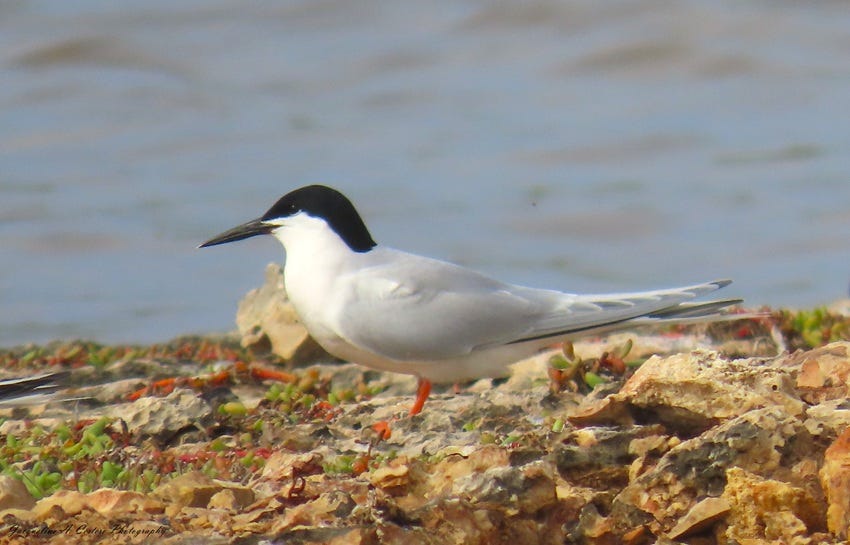
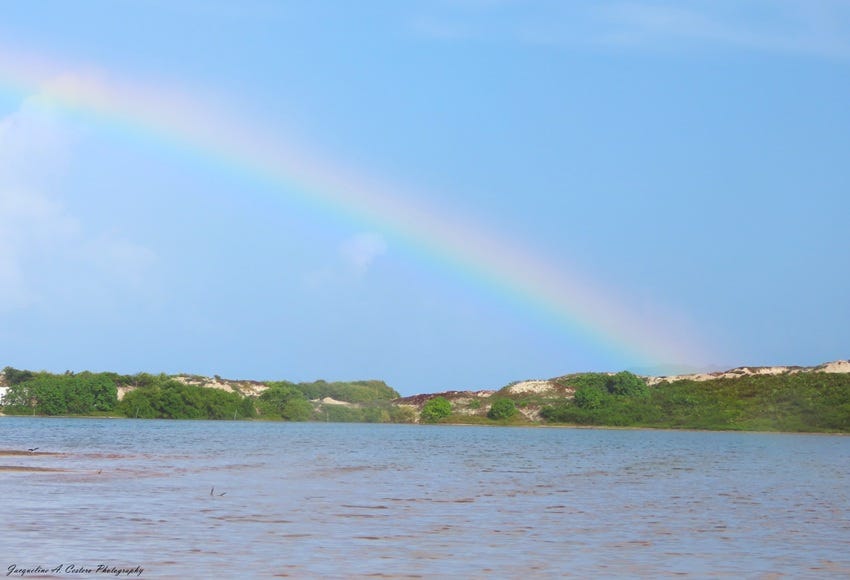
It’s heartbreaking to see these bird species lose their nesting sites and worse lose their eggs.
These salt ponds are of ecological importance and to see them sacrificed for non essential development is painful. Thank you for bearing witness and raising your voice. Your work helps ensure this destruction doesn’t go unnoticed.